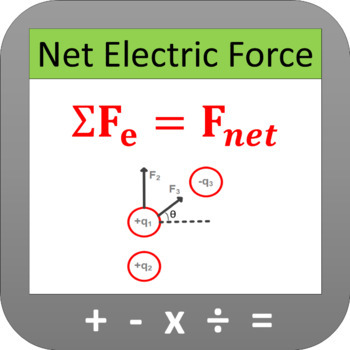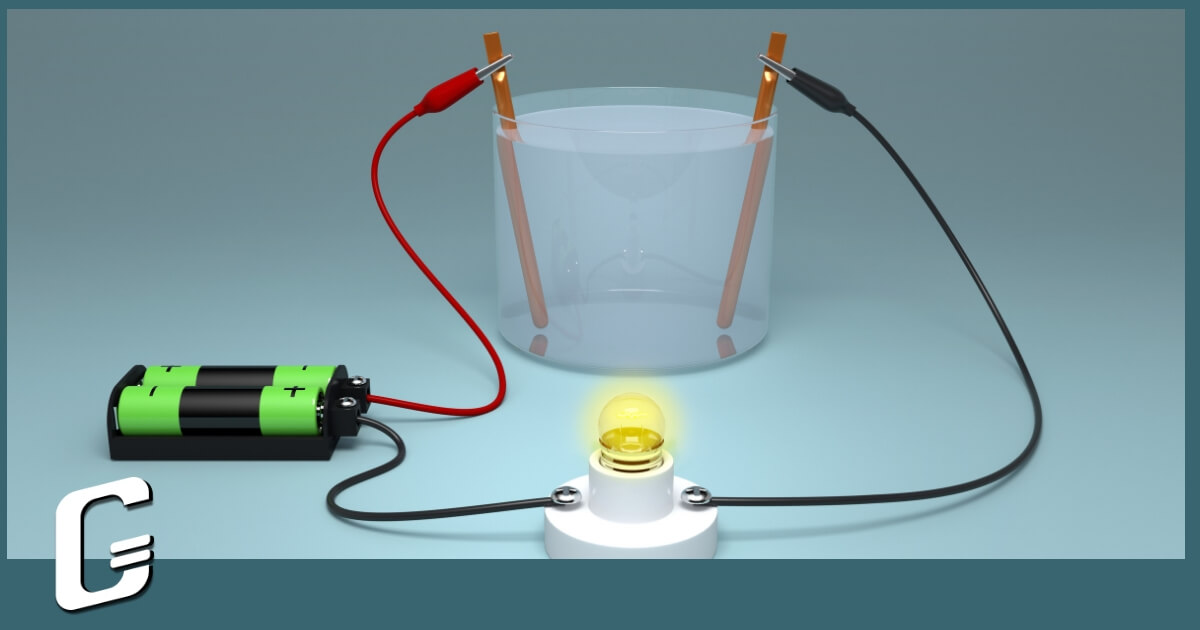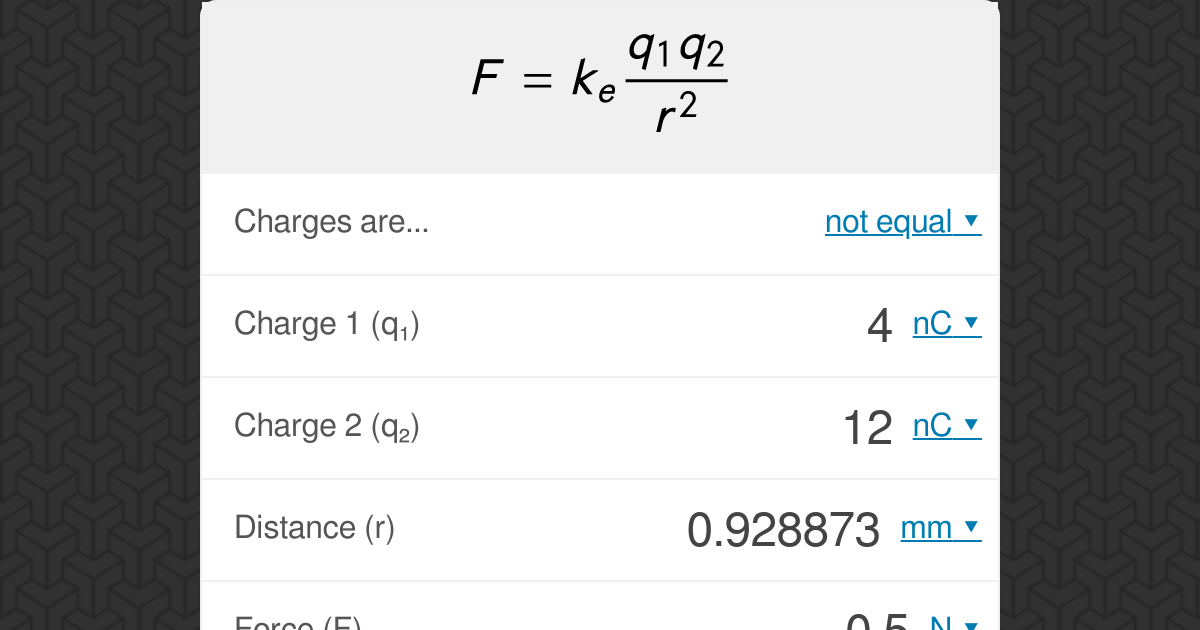

Refer to the Common Unit Systems page for further information. Coulombs law states that the electrical force between two charged objects. The intent of this site is to provide a convenient means to convert between the various units of measurement within different systems, as well as to provide a basic understanding of the systems currently in use, and how they interact. Although SI is intended for global use, it has not been fully adopted, and some other systems of measurement are still used in parts of the world. the first computer system ENIAC was developed primarily to simplify the calculation of artillery firing tables. Electrical power is the product of voltage and. Currently, the global standard of measurement is the International System of Units (SI), which is a modern form of the metric system. The Physics of the Linear Charge Density. Current is the rate of electric charges moving through a conductor. In human history, various unit systems were developed and used in different regions and cultures. No current can flow if the circuit is broken - for example, when a switch is open. Other quantities can be expressed as a multiple of the unit. Charge and current Electric current is the rate of flow of electric charge.
#CHARGE PHYSICS CALCULATOR FULL#
The capacitance is proportional to the area of its plates, whereas it is inversely proportional to the distance between the plates.Ĭalculate the Capacitance when electric charge and potential difference are known.Unit Converters - Full Versions Common ConvertersĪ unit is a measurement of a quantity that is defined or adopted by tradition or law. The capacitance, "C", of a capacitor is defined as the ratio of the magnitude of the charge on either conductor to the potential difference between the conductor. Question 15,b) Use the fact that the 2 forces balance to calculate the charge on the oil drop.

Electric charge units The unit of electric charge is a Coulomb (symbol: C). A tiny negatively charged oil drop is held stationary in the electric field between two horizontal parallel plates, as shown below (please see attachment). To compute the electric potential at a point either due to a single point charge or a system of point charges, check out our electric potential calculator. The number of electrons in a coulomb of charge may be determined by substituting the numbers in the preceding equation: Therefore, the number of electrons constituting one coulomb. Simply input any three values into our electric force calculator to obtain the fourth as a result. The SI unit of capacitance is farad (F), where one farad is equal to one coulomb per volt. Using charge quantization as a guide, Q nqe, where n denotes the number of electrons and qe denotes an electron’s charge. The capacitor contains a pair of plates, in which when a steady voltage is applied across a capacitor, a +Q charge is stored in one plate and - Q is stored on the opposite plate. The magnitude of the electrostatic force between two. The charged amount is determined by the capacitance C and the voltage difference V applied across the capacitor. where Q1 and Q2 are the magnitudes of the two charges respectively and r is the distance between them. Electric charges are of two types: Positive and Negative, commonly carried by charge carriers protons and electrons. A positive force implies a repulsive interaction, while a negative force implies an attractive interaction. Electric Charge is the property of subatomic particles that causes it to experience a force when placed in an electric and magnetic field.

The Capacitance is denoted by the symbol 'C'. The Coulombs law formula is: F Ke q1 q2 / r2. This energy is stored by the use of an electronic component called capacitor. Capacitance refers to the ability of a capacitor to store energy in an electric field.


 0 kommentar(er)
0 kommentar(er)
